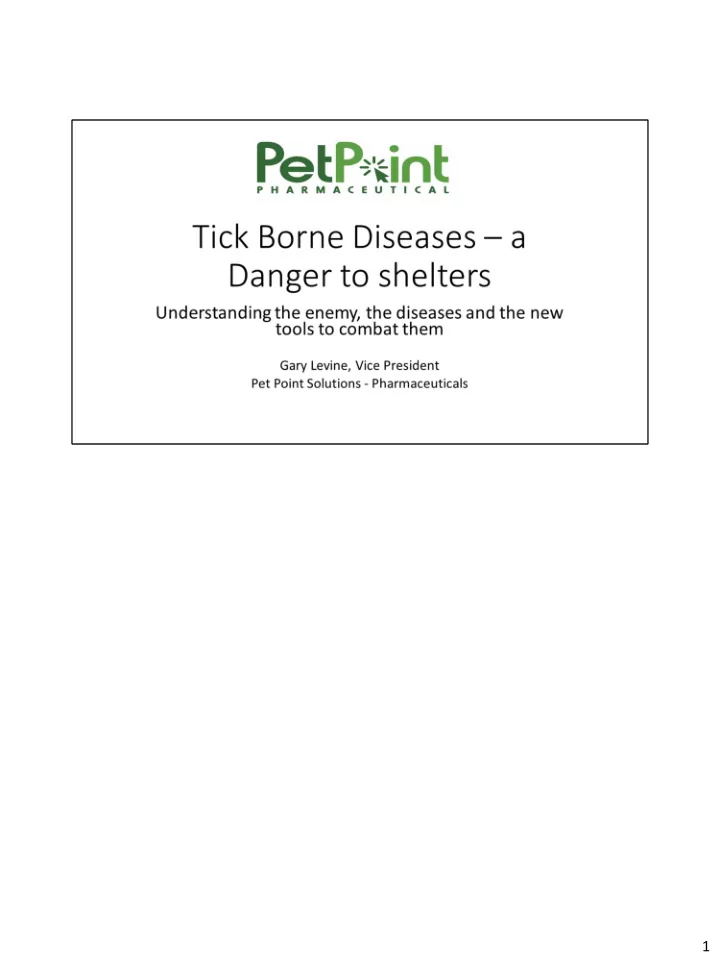

1
2
3
4
5
6
7
8
9
10
11
12
13
14
15
16
17
18
19
20
21
22
23
24
26
27
29
30
31
32
Used in agriculture to kill insects and now for use on pets There are several types of insect growth regulators One type are analogues of juvenile hormones which prevent juvenile stages from completing their development by disrupting the insects hormonal balance necessary to allow the insect to grow. They also sterilize eggs. Examples of these are methoprene and pyriproxyfen. A second type are chitin inhibitors which disrupt the synthesis of chitin (Chitin is used to form the exoskeleton) which prevents the insects from further development and prevent molting. They also kill eggs by disrupting normal embryonic development. Novaluron is an example of a chitin inhibitor. Fiproguard is the first topical spot on registered with a chitin inhibitor Regards, Chitin is pronounced ( /ˈkaitɨn/ KY -tin Novaluron is a new pesticide chemical belonging to the class of insecticides called insect growth regulators (IGR). IGRs slowly kill the insects over a period of few days by disrupting the normal growth and development of immature insects. Novaluron acts as an insecticide mainly by ingestion, but has some contact activity. IGR insecticides are comparatively safer to beneficial insects and environment and is compatible for use in an integrated pest management system. More about chitin and how IGRS work: Chitin ( KY -tin) is the outside shell of the insect also known as the exoskeleton. Its function is protection of the insect. A more practical example is crabs. Once every year you can get soft shell crabs (crabs that have molted or grown out of their protective exoskeleton and are in the process of growing a new one). As you can imagine in the case of an immature flea, this protective exoskeleton is very important and since the flea is developing, the chitin is replaced regularly. Pyriproxyfen and methoprene are insect growth hormone mimics. There are a number of insect growth hormones like “Juvenile Hormones (JH)”, which regulate the molting of insects from one immature stage to the next. High concentrations of Juvenile Hormones prevents molting to the next stage. Normally in insects an enzyme, juvenile-hormone esterase, breaks down the juvenile hormone (JH) as the JH level decreases the insect moves on to the next stage of development. Pyriproxyfen and methoprene mimic the action of the JH but are not broken down by the juvenile-hormone esterase. Insects exposed to IGR are unable to molt to next stage and die. 33
34
35
36
37
38
Based on 65 pts 39
Recommend
More recommend